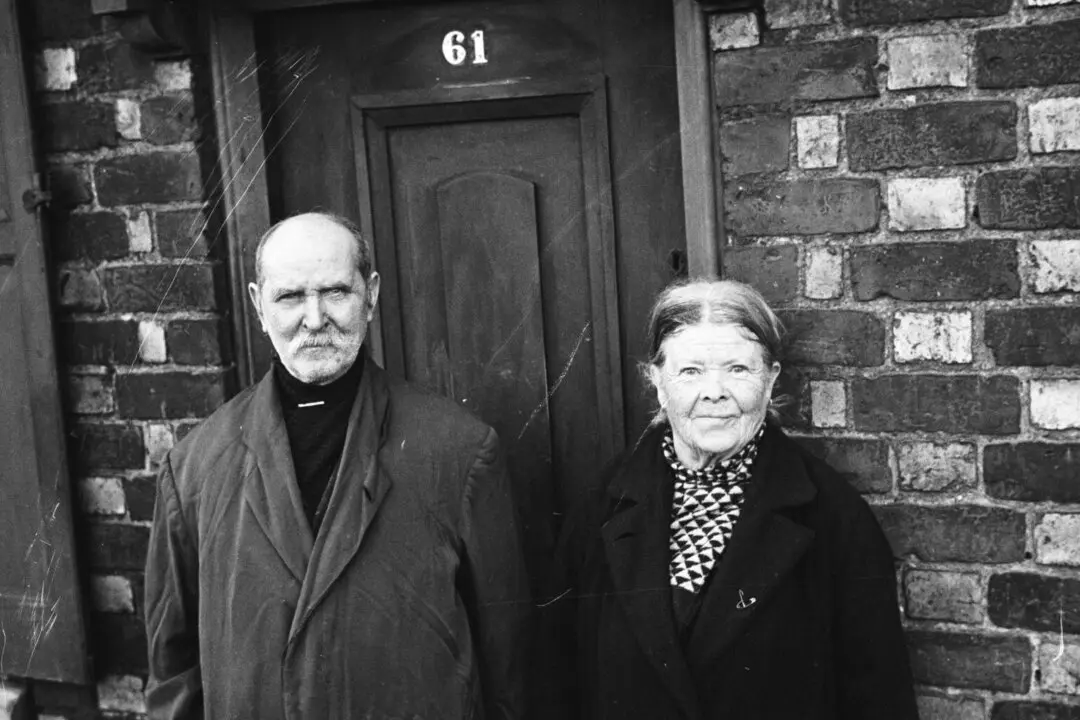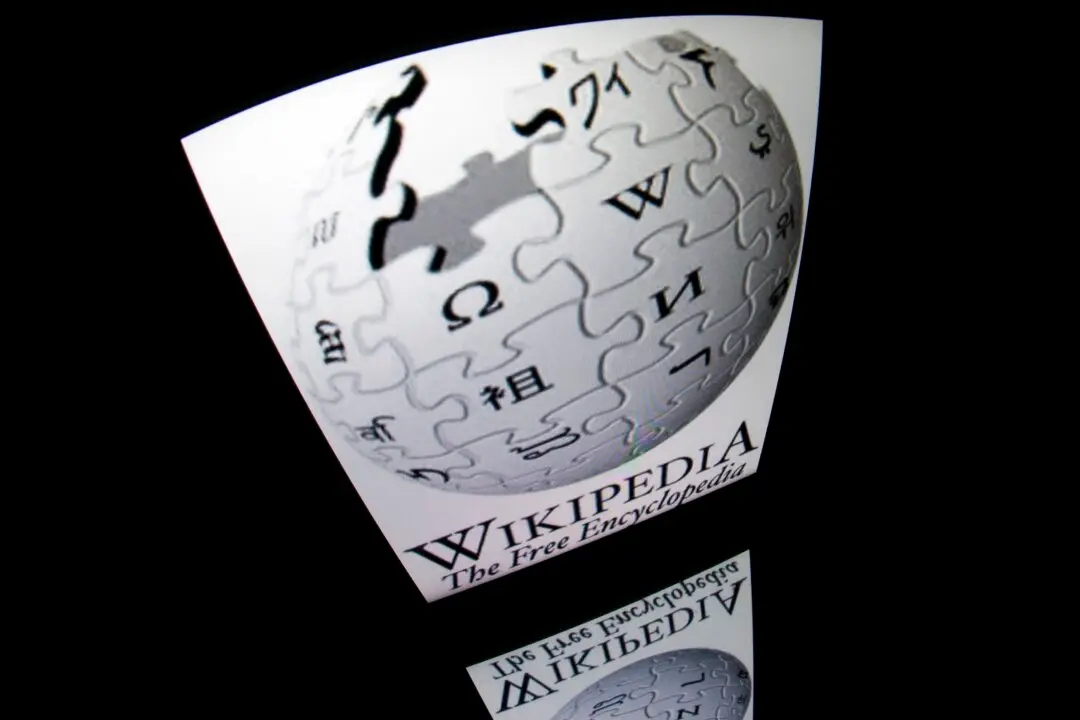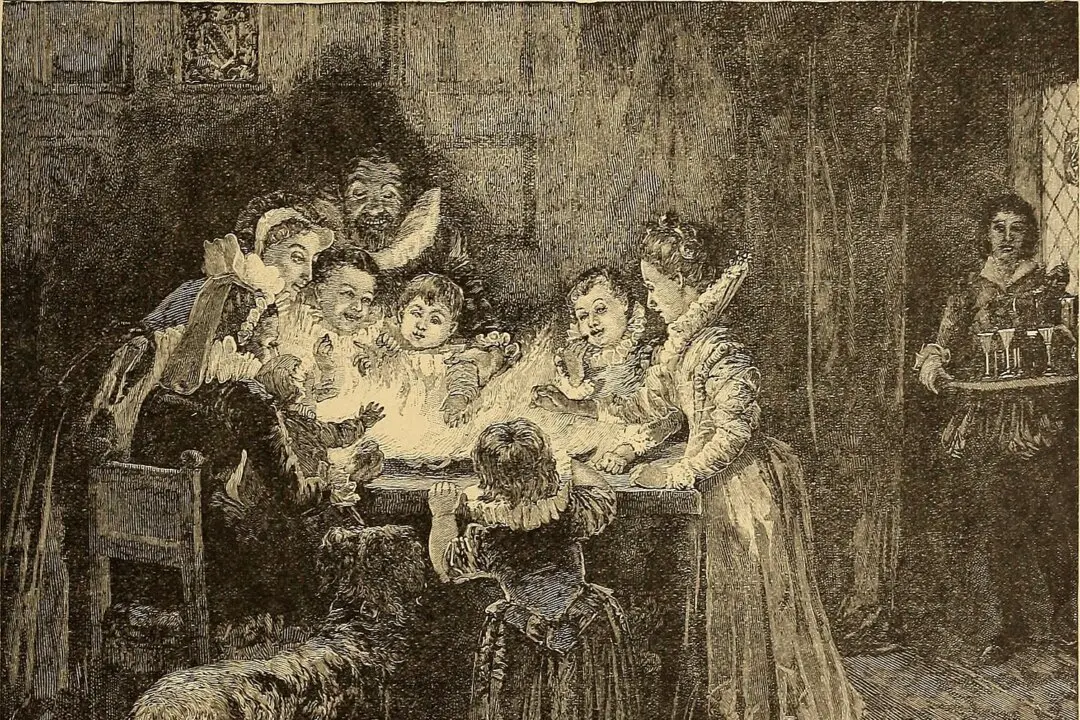“There was nothing between [the Ghost Army and the Germans] but our hopes and prayers that separated us from the Panzer division,” Lt. Bob Conrad recalled.
Conrad’s unit—the 23rd Headquarters Special Troops—had no weaponry heavier than .50 caliber machine guns. Yet for eight days in September 1944, they held off an armored enemy unit, with its heavy tanks that could easily have smashed through the ranks. At stake was Gen. Patton’s assault on the French town of Metz. If the 23rd broke, the Germans could easily attack Patton in the rear, collapsing his attack and likely causing many casualties. But the 23rd, stationed along the Moselle River, held out long enough, despite their lack of firepower.






